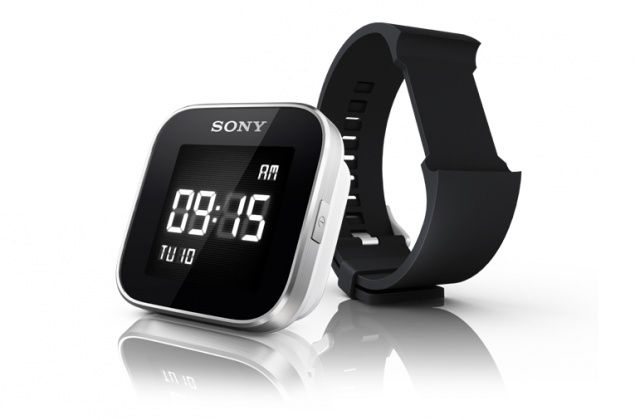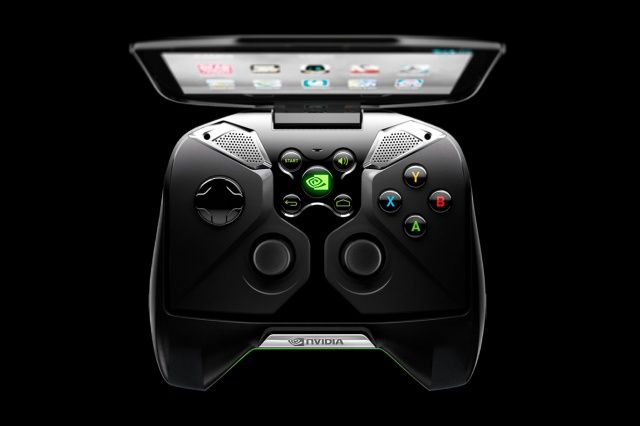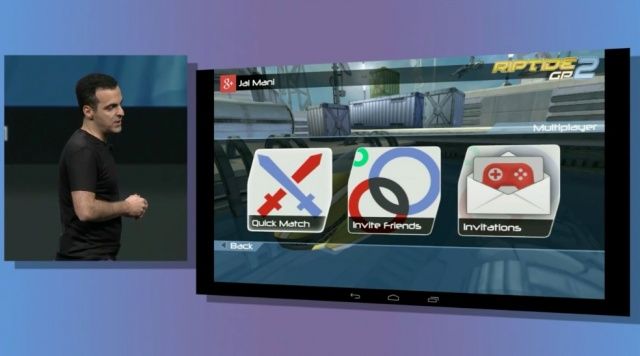
Apple’s WWDC event is happening tomorrow. Because new announcements in the Apple space happen so rarely, and because that company is historically better than average at keeping secrets, everybody’s going to be watching WWDC to see what Apple announces. Above all, people care about Apple announcements because the company is easily the most influential brand in consumer electronics.
That wasn’t always so. Sony used to be the Apple of the consumer electronics market. In fact, Sony was probably Steve Jobs’ biggest inspiration, responsible for not only Jobs’ famous clothing (his turtlenecks were made by the maker of Sony company uniforms) but also the name Apple (Sony used to be called Tokyo Telecommunications Engineering Corporation and Jobs was inspired by Sony’s switch to a friendly, happy sounding corporate name).
Shockingly, Sony nowadays loses money on consumer electronics and makes most of its money from selling insurance. The reason Sony loses money is some combination of corporate inefficiency, lack of vision and, most of all, the fact that its products generally aren’t worth the money they charge for them.
In the past couple of decades, Sony has followed a familiar, frustrating pattern: They always enter consumer electronics market late with overpriced but very good hardware hobbled by their own software interfaces and applications nobody wants. They did it with laptops. They did it with netbooks. They did it with smartphones and tablets, too.
So nobody takes Sony seriously anymore. They’re a two-bit, washed-up has-been.
Or are they?







